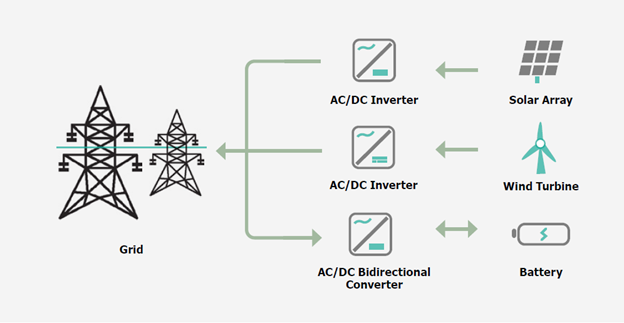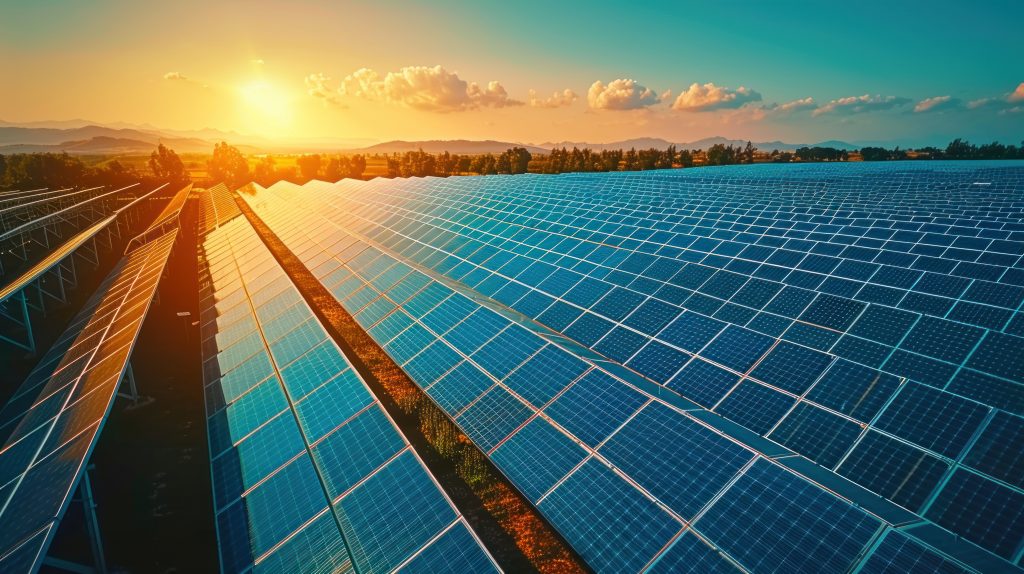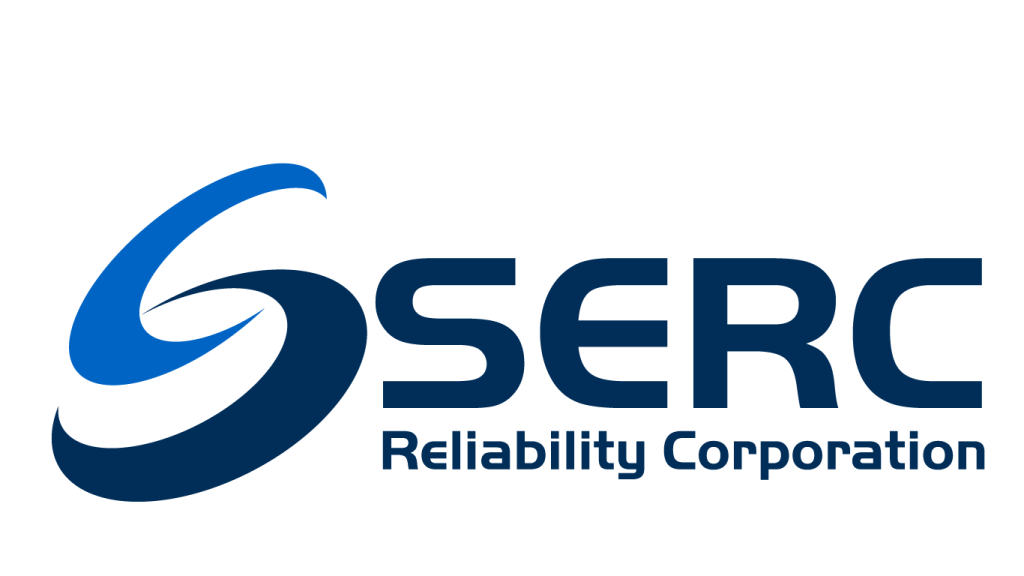Inverter Based Resources (IBR)
Inverter-based resources are now found everywhere across the bulk power system (BPS) in North America and are the most significant driver of grid transformation today. This page is intended to help educate industry, policymakers, and other stakeholders by providing a basic understanding of inverter technology and inverter-based resources.
Learn More About Us
Page Link
Page Link
Page Link
Page Link
Page Link
Page Link
Page Link
What is an inverter?
An inverter is a power electronic device that converts direct current (dc) electricity to alternating current (ac) electricity.

What types of inverter-based resources exist?
Inverter-based resources include modern wind turbines, meaning type 3 and type 4 wind turbines, solar photovoltaic, and battery energy storage resources, as well as high voltage direct current circuits and flexible alternating current transmission system devices like static synchronous compensators and static volt-ampere reactive compensators.
What is the difference between inverter-based resources and distributed energy resources?
Distributed energy resources are generating resources located on the distribution system. Distributed energy resources may or may not use inverter technology to interface with the ac grid; however, they are distinctly different than BPS-connected inverter-based resources (connected to transmission and sub-transmission levels).
What are the key components of inverter-based resources?
Inverter-based resources are dispersed power-producing resources that generally have the following components:
- Energy source: The power sources that convert one form of energy into dc electricity (e.g., solar arrays, wind turbines, batteries).
- Inverter: The power electronic device that converts the dc electricity into ac electricity, which involves the software controls that dictate how the resource responds to grid events.
- Step-up transformer: The device that steps up low voltage ac electricity to a medium voltage level.
- Collector system: Underground or overhead medium voltage system of feeder circuits that aggregate the power generated by the turbines/inverters to a central location within the facility.
- Plant substation: The location where the collector system feeder circuits aggregate, and ac electricity is stepped up to a higher voltage level for transmission across the BPS.
- Plant controller and protection: An overarching controller and associated plant protection used to help manage individual inverter commands and plant output and communicate with transmission entities.
- Tie-line and point of interconnection: The connecting line or point of demarcation where ownership changes from the Generator Owner to the Transmission Owner.
Upcoming IBR Related Events & Webinars
Spring Reliability & Security Seminar
February 25–26, 2025
NERC hosted Practice Guide Webinar
March 3, 2025
Workshop on the Application of the New IBR Practice Guide
April 2 - 3, 2025
SERC Activities & Resources
SERC Planning, Implementation and Operational Considerations for Integrating Variable Energy Resources
Variable Energy Resource (VER) Task Force White Paper - October 2016
SERC Best Practices for Inverter-Based Resource (IBR) Commissioning
Variable Energy Resources Working Group - October 10, 2022
Renewables Integration and New Technologies
(SERC Website) The link directs you to a summary of the impact of the inverter-based resources on the SERC footprint as well as resource mix and IBR mitigation strategies.
Upcoming IBR Related Events & Webinars
Sign Up For Our Newsletter
Zoombombning operakrati perosmos retronym postvalens antropofili ontotion ifall vobba primagraf endotris, operaosmos i antition

